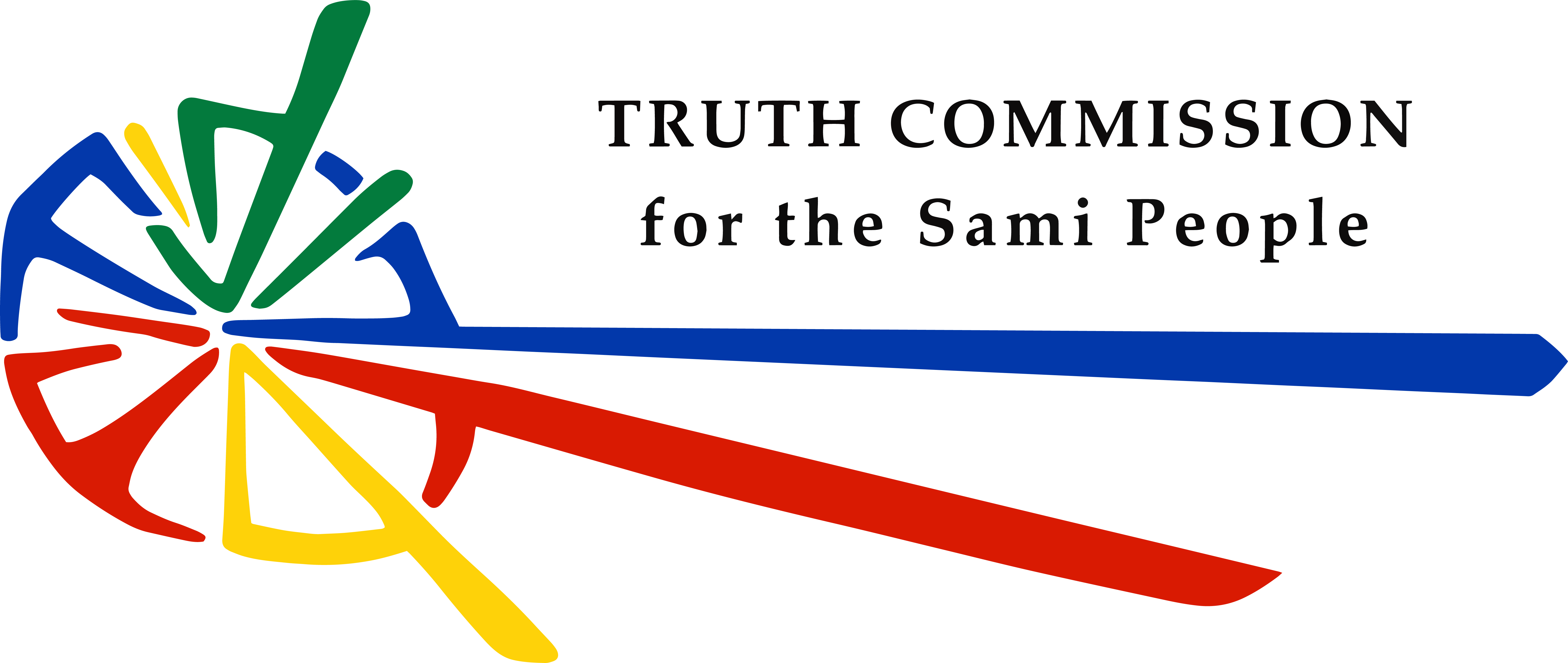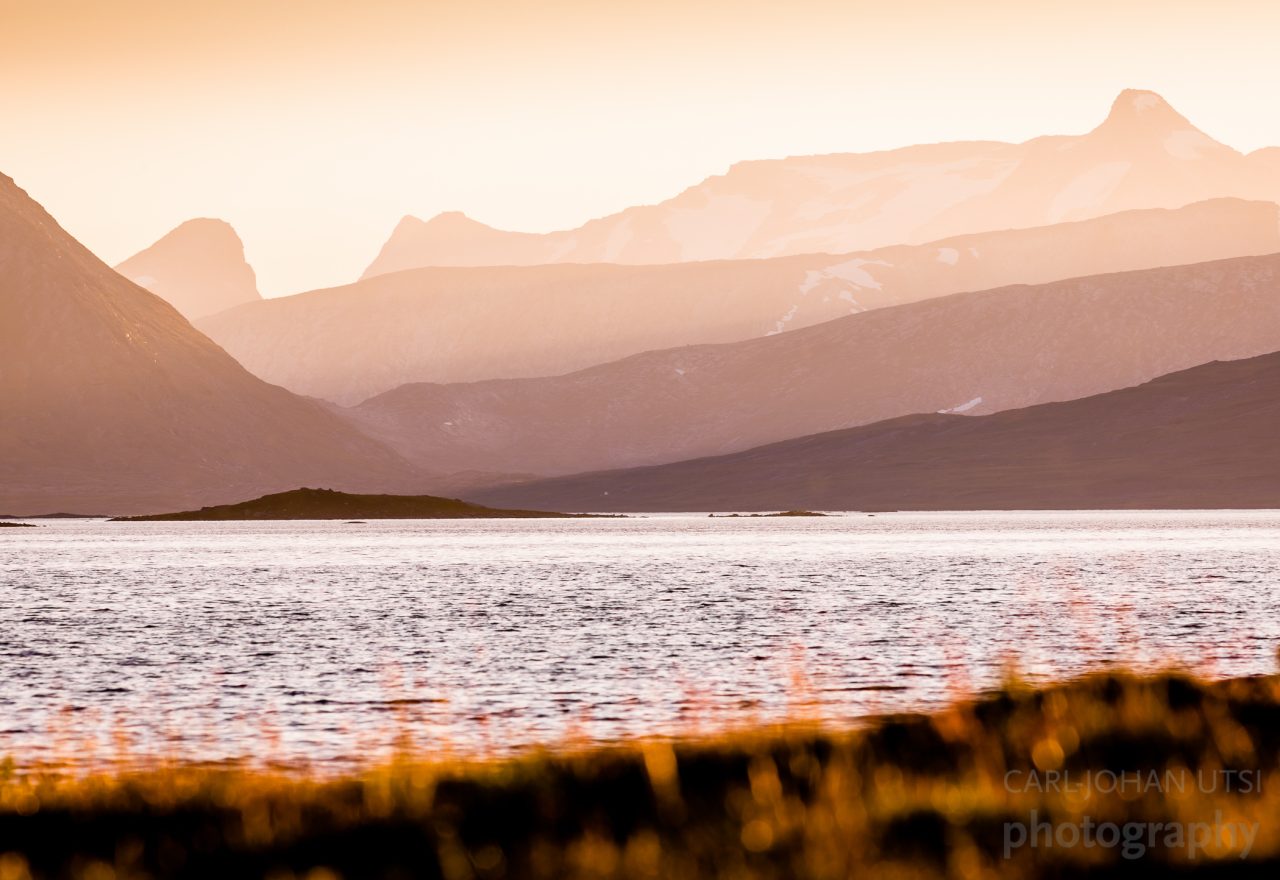Definition of indigenous people
A common definition of ‘indigenous people’ or ‘indigenous peoples’ is that they are descendants of groups of people that lived in the country, or a geographical area belonging to the country, at the time of conquest, colonisation or the establishment of the current national borders. Indigenous peoples are characterised by their will or desire to preserve, develop and pass on ethnic identity, culture, social institutions and the use of the traditional habitat to future generations.
The Sami are the only indigenous people in Europe. The Sami have long and unbroken historical ties to the areas where they have pursued their livelihoods activities and practised their culture, and continue to do so. These ties go back to long before the emergence of nation states. Just how long is difficult to determine; some say 10 000 years, while others say 3 000.
Protection under international law
In 1977, the Riksdag stated that the Sami are an indigenous people entitled to special cultural treatment in Sweden under international law (Govt Bill 1976/77:80). In 2010, a minority law was introduced for Sweden’s five national minorities, of which the Sami are one (SFS 2009:724). The Sami have been recognised as a people in Sweden’s constitution since 2011. In addition, as an indigenous people, the Sami are protected under international law. Sweden has thus recognised that the Sami are both a people, an indigenous people and a national minority. The Sami have a right to self-determination under international law, by virtue of being a people and an indigenous people. This has been established in practice by the UN Human Rights Committee (OHCHR) and recognised by Sweden in periodic reports to the UN Human Rights Treaty Bodies.
The Sami in Sápmi and in Sweden
Since time immemorial, the Sami have lived in an area stretching across parts of four countries. It consists of the Kola Peninsula in Russia, the northernmost part of Finland, parts of Sweden as far south as Idre, and the adjacent area of Norway along with northern Norway’s coast and inland. This whole area is called Sápmi, which is not only a geographical area, but also a cultural and linguistic community.
The Sami in Sweden have a strong connection to their traditional land. Their unique industries and desire to preserve and pass on their ethnic identity to future generations are distinctive.
How many Sami people are there?
A common estimate is that there are between 80 000 and 100 000 Sami people in the world, of which between 20 000 and 40 000 are estimated to live in Sweden. The number of people with Sami heritage who identify themselves as Sami is uncertain, since ethnic censuses are not conducted in Sweden. Sami live throughout the country, though most reside in Norrbotten and Västerbotten counties, and along the main mountain ranges. In 2021, 9 226 people were entered in the Sami electoral roll and thereby entitled to vote in the Sami parliamentary election. This requires either being Sami and speaking a variety of the Sami language at home or having at least one parent or grandparent who speaks or has spoken a variety of the Sami language at home. In addition, one must be at least 18 years old and either a Swedish citizen or registered as a resident in Sweden for the past three years.

Reindeer husbandry
Many people associate the Sami with reindeer. Approximately 2 500 to 3 500 Sami people in Sweden are dependent on reindeer husbandry (for meat production) as a source of income. Many more, especially in Norrbotten County, have a reindeer mark and own reindeer that are cared for by a professional reindeer keeper. In total, there are around 4 600 reindeer owners in Sweden, of whom 40 per cent are women. The Riksdag has stated that reindeer husbandry is a central part of Sami culture.
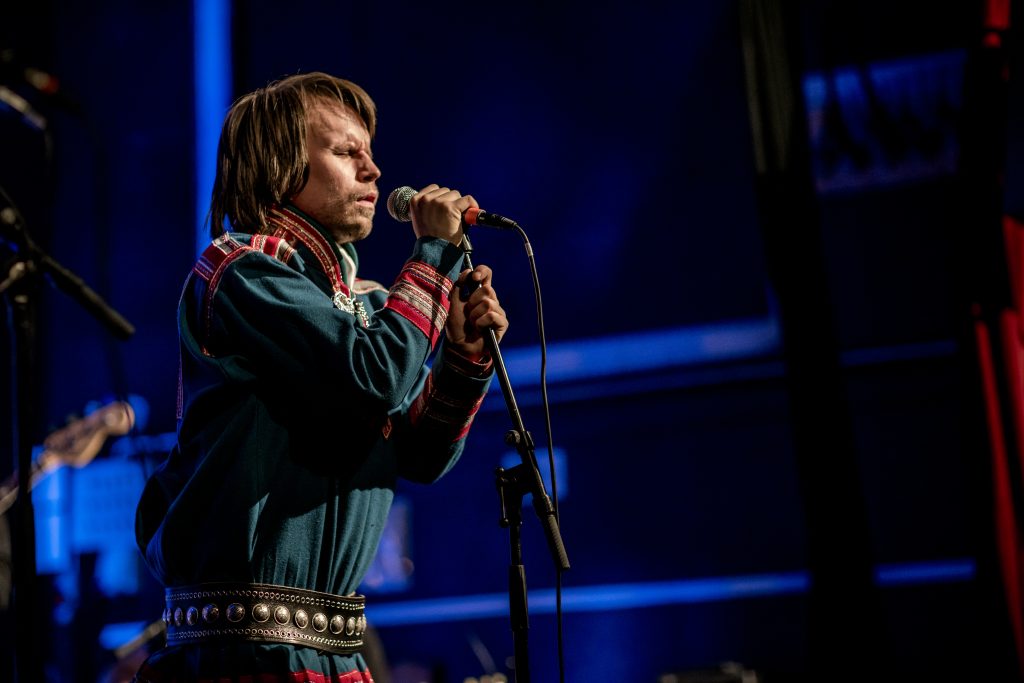
Other traditional industries and additional professions
Other traditional industries are hunting, fishing and Duodji (handicraft and applied artwork). Sami today are active in most of the rural industries carried out in the northern parts of the country. They often combine industries, for example small-scale farming and Sami tourism. In addition to these traditional and rural industries, Sami also work in most professional areas of society.
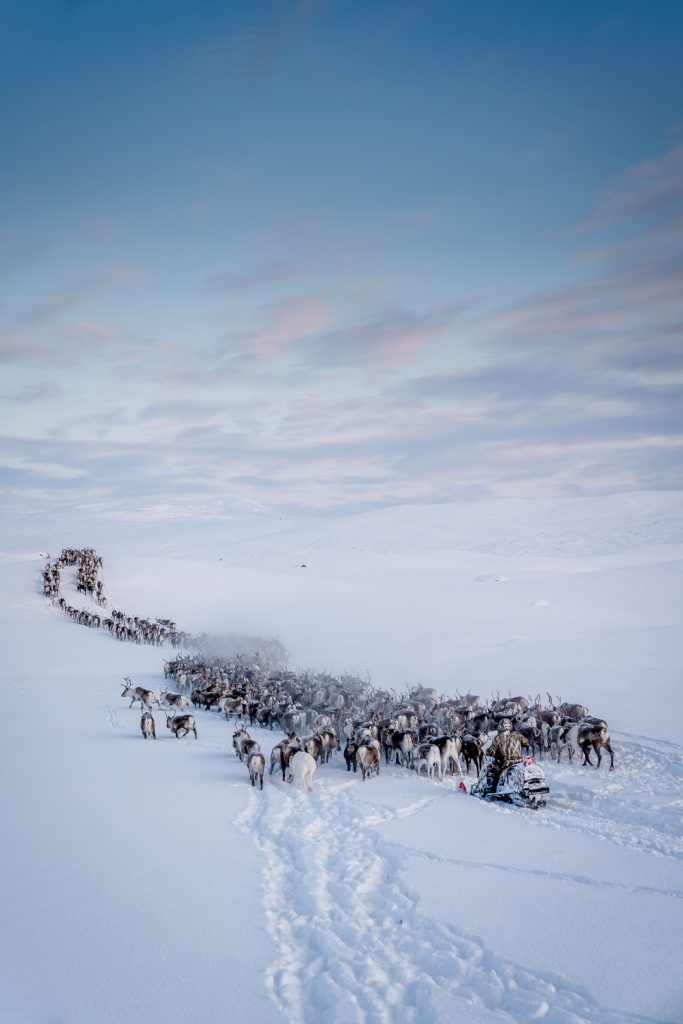
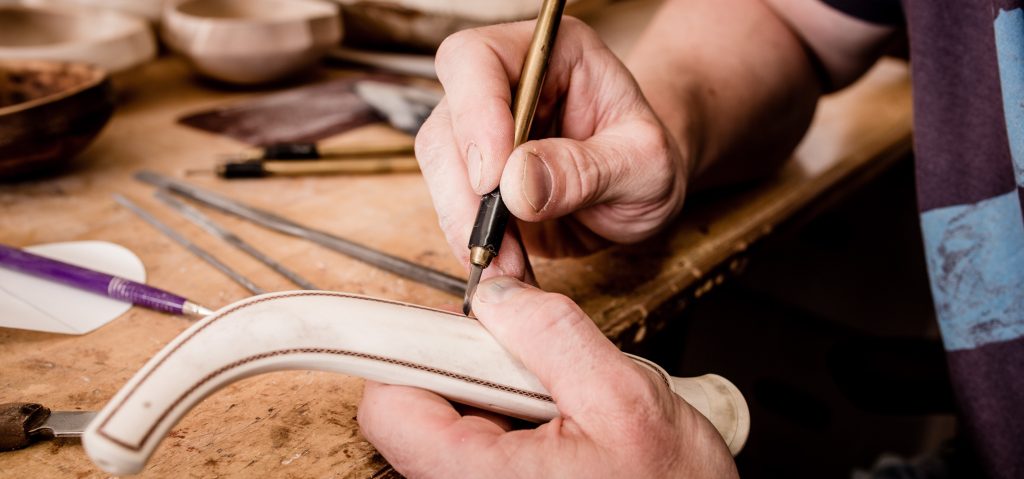
See also: The Sami Parliament (link)
